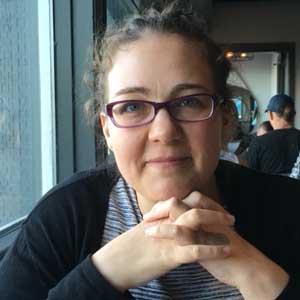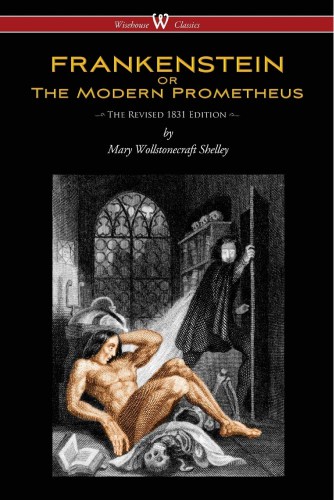Could loving, as people called it, make her and Mrs. Ramsey one? For it was not knowledge but unity that she desired, not inscriptions on tablets, nothing that could be written in any language known to men, but intimacy itself, which is knowledge, she had thought, leaning her head on Mrs. Ramsey’s knee.
Virginia Woolf
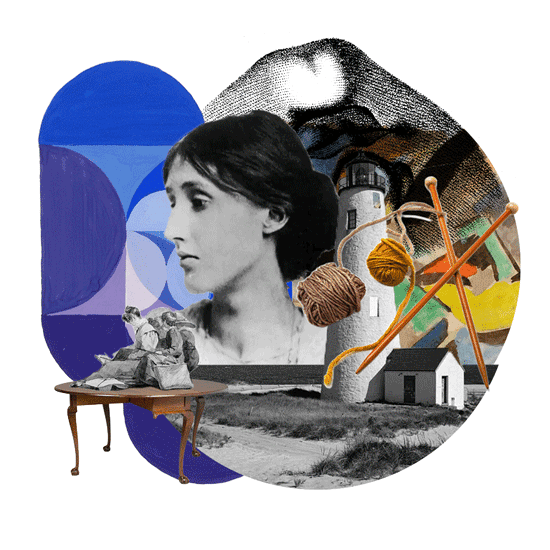
To the Lighthouse
Virginia Woolf
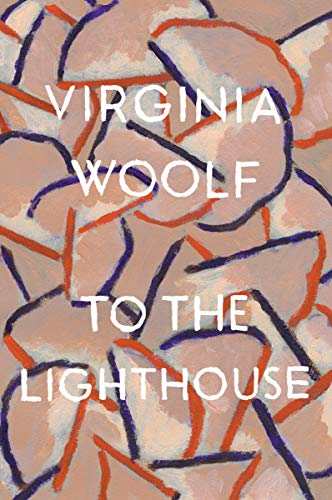
To the Lighthouse. Virginia Woolf. 9780156907392
A novel really about interiority and perspective,...
To the Lighthouse has little plot. It’s structured in three acts: in the first, the Ramsey family members entertain a various group of friends at their summer house on the Isle of Skye. The primary conflict in this act is that the youngest Ramsey child, James, wants to visit the lighthouse, which his mother assures him he can do, but which his father discourages. One guest, Lily Briscoe, a young painter, observes the family, particularly Mrs. Ramsey, who she seems to not understand. (Lily even vacillates between loving Mrs. Ramsey and looking down upon her.) At the end of the section, Mrs. Ramsey hosts a dinner party, which is interrupted with the appearance of two of the younger guests who have been recently engaged. The point of view travels between Mrs. Ramsey, Mr. Ramsey, Lily, and a few other characters.
In the second section, the perspective changes to an omniscient narrator (with occasional breaks into the mind of the house’s keeper). In this section “Time Passes,” ten years go by, and the reader is informed of changes in the house and to the family, including the death of Mrs. Ramsey. The house is readied for the family’s return after a long absence.
In the final section, the Ramsey family and friends return to the house, and Mr. Ramsey decides they will go to the lighthouse. Now, James and sister Cam don’t want to go. Again, the perspective jumps between characters. Mr. Ramsey is heartbroken and lost, James is irritated with his father, and Lily tries to negotiate her feelings about both the Ramseys and her art.
Why This Text is Transformative?
The novel allows readers to think about thinking—how we do it, how we do it differently from one another, and how frustrating it can be, which could lead to productive discussions about metacognition.
Students may feel challenged by To the Lighthouse, as it is less of a story, and more an experience in witnessing the interior thoughts and feelings of a group of characters set against the same backdrop. Each character brings not only their own focus, but their own set of preoccupations: Mrs. Ramsey wants to provide certain experiences to her family members and guests, Mr. Ramsey wants to feel challenged and successful intellectually, Lily wants to be able to capture her perception in her art. Young James wants to feel loved and protected by his mother and to go to the lighthouse. The structure of the novel allows Woolf to explore ideas such as aesthetics and creativity, intellectual ambition, romantic love and other relationships, gender, and loss. The novel allows readers to think about thinking—how we do it, how we do it differently from one another, and how frustrating it can be, which could lead to productive discussions about metacognition.
A Focused Selection
Study Questions
“The Window”

To the Lighthouse probably needs to be read in its entirety, unless the goal is just to consider its modernist literary strategies. It is a book that lives up to the adage, “the sum is greater than the parts.” That said, it might be best read and discussed in three class periods corresponding to the book’s three parts.
Questions for Part One “The Window”
1) Both Mr. and Mrs. Ramsey think a lot about gender (particularly Mrs. Ramsey). What are their attitudes on gender, gender roles, and gendered work? How does Lily seem to think about gender differently? In what ways do any of these beliefs seem contemporary and in what ways old fashioned? How do you think of gender? Are there such things as gender roles? Is gender an important identity category for you? If so, why? If not, why not?
2) Mr. and Mrs. Ramsey’s guests think about their marital relationship a lot in the first section of the novel. What are some of their different perspectives and assumptions about the marriage? Do you think the Ramseys have a good marriage? Why or why not? Generally, what qualities do you associate with a good romantic partnership? With good friendships?
3) Much of Lily’s “storyline” in the first part of the novel centers on creative process, as she tries to paint Mrs. Ramsey and James sitting in the window. How is she challenged by this task? What seems to be frustrating her? How would you characterize her creative process? What creative endeavors do you pursue? What is your creative process like? Do you have creative challenges? What are they?
“Time Passes”
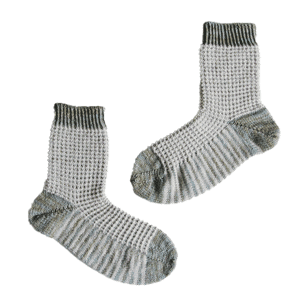
Question for Part Two “Time Passes”
One of the functions of this section of the novel is to inform readers that, in the years between the two days represented the first and third parts, Mrs. Ramsey and two of her children have died. How does Woolf indirectly represent the passage of time and the theme of death in this section? In other words, what images, symbols, or metaphors capture that idea of time and people passing? In your own life, what some images, symbols, and metaphors you associate with death? What do these reveal about your attitudes about death?
“The Lighthouse”
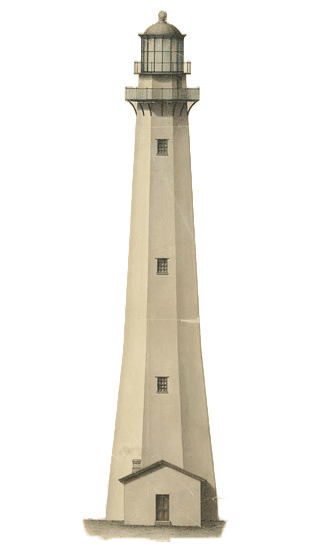
Questions for Part Three “The Lighthouse”
1) James’s desire to visit the lighthouse is an important feature of the first part of the novel. In this last section, he finally gets to sail out to it. However, his feelings about going and his reaction to the lighthouse itself are not the same. He recognizes this, but comes to believe that both versions are true. Why is that? What important understandings is James coming to about perspective and time? Have you experienced this before—the seeing something in adulthood that you understood or perceived differently as a child? What is that feeling like? What does it say about your perspective and the role of time and maturity in the way you see the world?
2) The book ends with Lily finishing the painting that she began ten years before, with some satisfaction. What does Lily seem to believe art is? What is it for? Do you agree with her? What role does making or consuming art play in your life?
3) Virginia Woolf loosely based To the Lighthouse on her parents, Julia and Leslie Stephen, and summers at their coastal home in Cornwall. Do some research about the Stephen family (including looking at pictures of the family and their home). What are some differences between Woolf’s actual family and experiences and the fictional ones she creates? Why change those aspects of the story? (Why, for instance, move the home from Cornwall to the Hebrides?) If you were to write fictionally about your own childhood and family, what elements would you change? What elements would you keep the same? Why?
Building Bridges
On the topic of art and the roles and responsibilities of artists, To the Lighthouse could be read alongside Frankenstein. Equally, discussions about gender roles and parenting roles and responsibilities between this novel and A Vindication of the Rights of Women could be illuminating. Students could compare Woolf to Wollstonecraft, Shelley, Olive Schreiner’s Story of an African Farm, Kate Chopin’s “The Awakening”, bell hooks’s Ain’t I a Woman as a way to understand feminisms and proto-feminisms. Reading To the Lighthouse against Pride and Prejudice with a focus on social convention and mores could also be illuminating.
Supplemental Resources
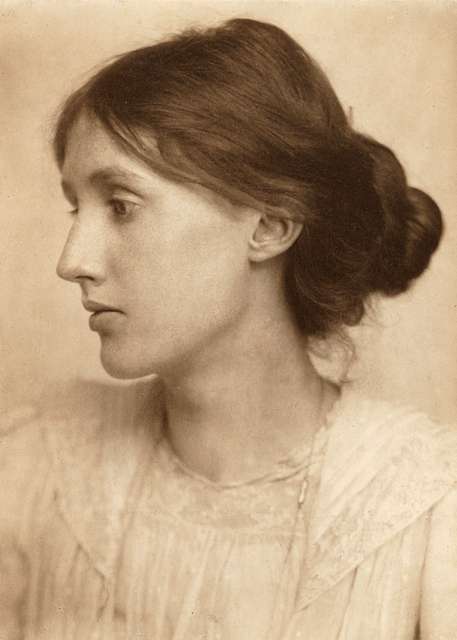
Blogging Woolf covers just about any topic Virginia Woolf/Bloomsbury related.
The Tate Museum “Lifestyle and Legacy of the Bloomsbury Group” is a well of both information and visual items, and could be particularly helpful for thinking through some of the aesthetic questions in the novel. The Bloomsbury Group, in general, is incredibly well documented through photographs, writing (both by and about the Group), and painting.
Hermione Lee’s 1999 biography Virginia Woolf is probably the most thorough and definitive, but dense. A one-hour C-SPAN book talk with Lee provides some highlights.
Text Mapping
Discipline Mapping
English/Composition Studies
Humanities
Psychology
Page Contributor
